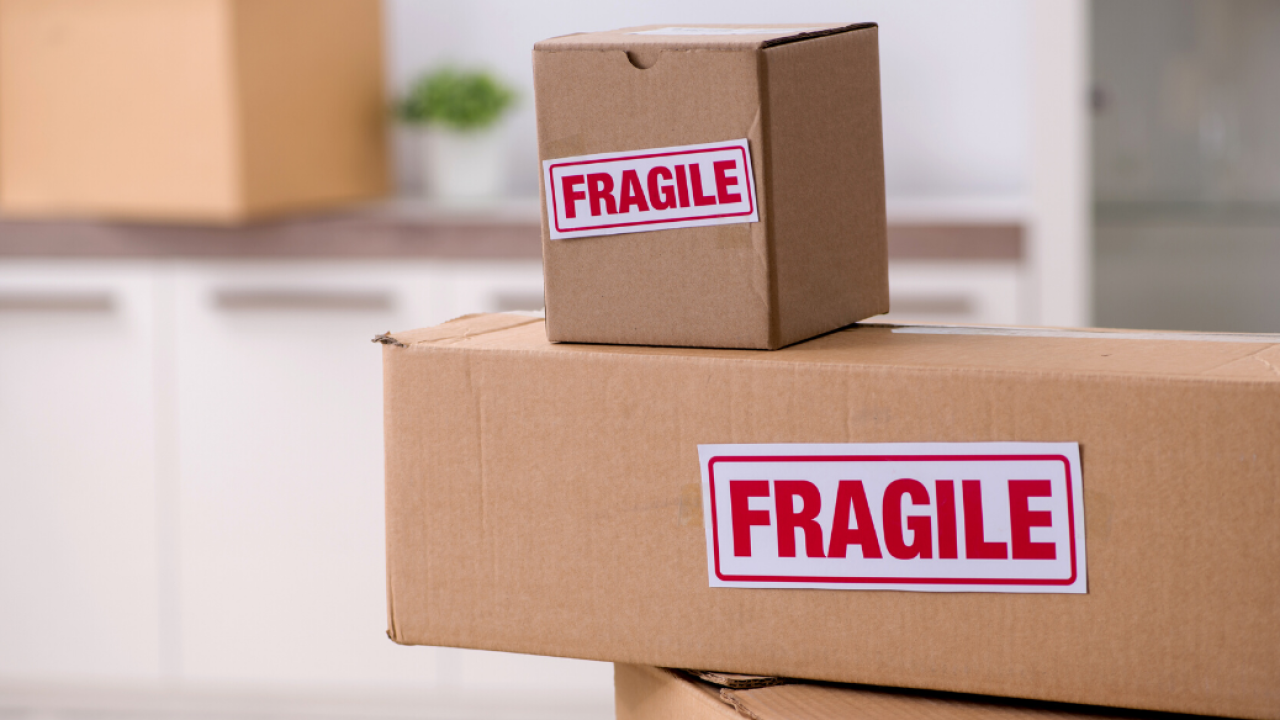What good is a delicate, fragile item to a buyer if it arrives smashed to smithereens or with part of it having broken off or cracked? Not only do they not receive the item they’ve paid for, but you will likely be forced to replace it if it wasn’t shipped appropriately, and on top of that, your company’s reputation will take a knock, too.
Fragile items must be shipped with great care, and part of that process involves choosing the right shipping company to fulfil your needs, and the use of appropriate fragile packaging.
To help you ship fragile items in the best and safest way possible, here is a handy guide:
Table of Contents
Firstly, the fulfilment process must be carefully considered:
Making sure that you have confidence in the company you choose to ship your fragile items is absolutely imperative, and you must be able to rely on them 100%.
Here are a couple of tips for selecting the right shipping company:
- Always choose shipping companies that have a great track record, and don’t automatically go for the one that offers you the cheapest deal.
- Take the time to explore your shipping options, and discuss with your chosen company which method is likely to be best for the type of fragile items you’re shipping.
Secondly, it’s important to give ample thought to the packing
There are a number of different ways you can pack a fragile item to ensure that it reaches its destination in one piece, and some considerations to make when doing so:
- Use of void fills
Helping to keep fragile items in one place in their box or packet, void fills are most commonly known of as bubble wrap or packing peanuts, and they stop items from moving around during transit, and are a godsend when it comes to shopping items with high breakability, such as glass, chinaware and ceramics. You can also use void fills as wrapping for your items, helping to protect them from dents, scratches and nicks during transit.
- Consider the design of the packaging
Just assigning all of your fragile products to square cardboard boxes without taking into account the shape of the items, is asking for trouble. For example, you wouldn’t want to put a smaller, round item in a big, square box – even with lots of void fills. The type of box, packet or bag you use can have a significant impact on the condition of a fragile item when it arrives at its destination, and the less void fills you have to use, the better it is for everyone and the environment.
- Marking items as fragile
While this might seem obvious, it’s worth reiterating: if an item you’re shipping is delicate and likely to get damaged if not moved around with great care, you should make sure that it’s marked as such. Fragile stickers tell shipping and delivery agents that they need to take care when handling the goods, and if they don’t, they may be held responsible when the item arrives broken or damaged in some way.
No business wants to deliver broken items to their customers, but by following a few simple steps and taking care to mark fragile items appropriately, you can deliver your goods to satisfied customers and maintain your excellent reputation!






